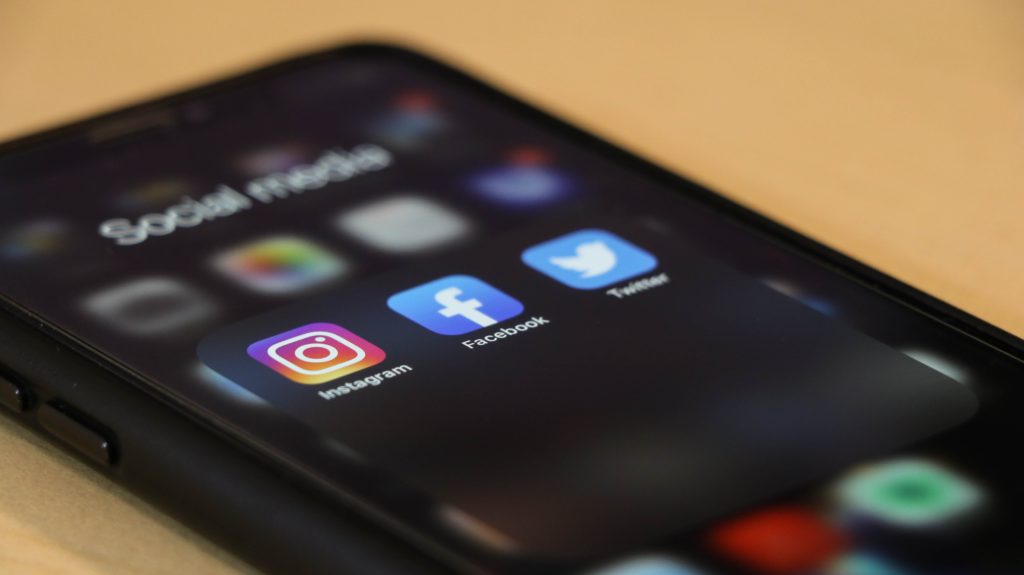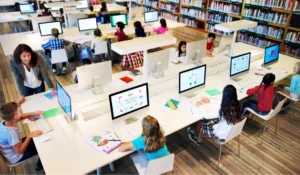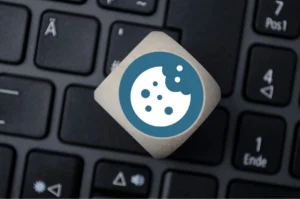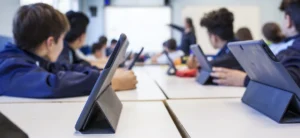Table of Contents
SurfWisely Synopsis
Why does this matter to me?
Parents — If you have teens or preteens, there’s a good chance social media is one of the most-used tools in your home. How can you keep your kids safe while giving them the social outlet that has almost become a requirement in our society? By monitoring slightly and enforcing privacy rules like strong passwords and private profiles, you can make a positive impact in otherwise uncharted space.
Principals and School Administrators — Your students are accessing social media platforms, no matter how many efforts have gone into blocking their use during school hours. How can you ensure they’re safe while doing so? We believe five simple tips can help — verified connections, privacy settings, lack of location sharing, strong passwords, and reporting cyberbullying right away. Teach these tips to your students for protection at school and at home alike.
Tech Teachers — Your students are on computers —with social media access— for the majority of your class, as well as a large chunk of the time they spend at home. How can you keep them safe in the process? We believe five simple steps can help, though you’re likely an expert in this area, too. Our gamified, easy-to-implement software can help you teach these skills if you find yourself not having the time.
The Five Tips We Find Most Effective in Keeping Students Safe on Social Media
It’s true — today’s young people have lived every moment of their lives in the world of social media use. From screentime and selfies to Facebook, Instagram, TikTok, SnapChat, and more, social networking sites are simply the norm. This makes it much more difficult to spot the dangers that its use can bring.
To help you cover these important lessons with your kids, we’ve shared some strong easy-to-implement social media safety tips for students:
- Know (and verify) all connections — It’s mostly common knowledge that we shouldn’t be connecting with strangers on the internet. However, it may be important to stress this with students at times — especially that they shouldn’t be chatting with people they don’t know even if they’re the same age or seem to live in neighboring towns. Why? Because fake accounts are created all the time. If something seems fishy, it probably is, and our kids need to be well-aware of the often-dangerous tricks people play online. Their self-esteem, mental health, and physical safety may be at stake.
- Keep your settings private — Privacy is something that doesn’t always feel like a big deal to adolescents. Try to bring in some lessons about why it should be. You may even want to provide lessons on what the different social media privacy settings look like. Some students might not be aware that everything they post can be seen by complete strangers if their security isn’t up to par.
- Never share your own location — Many of today’s social media sites offer the ability to tag posts with the user’s current location, or even allow a general type of tracking while the app is running in their phone’s background. This leads to obvious safety concerns related to stalking and other dangerous, real-life crimes, and our students need to be aware of the consequences a simple photo tag can bring.
- Use a strong password — We mention password strength in our last post about general internet safety skills for students. Unique, difficult-to-break combinations of eight characters or more can help protect students’ accounts from being used maliciously — whether the actions would potentially lead to identity theft, harm their reputations, or have a negative impact on the health and safety of their friends.
- Report cyberbullying to a trusted adult right away — Students likely know all about cyberbullying, but it’s helpful to go over its signs and detrimental negative effects, as well as what to do when the action is spotted. Remind your students that it’s always okay to go to an adult for help with cyberbullying, and that their quick actions could save their peers from a great deal of harm.
Social media accounts are a large part of our students’ lives, no matter what potential dangers it can bring. That’s why we need to be proactive in teaching its proper uses, as well as the negative impacts on safety and well-being that can come from its pages.
If you’re looking for support in teaching your students about social media safety and internet security in general, feel free to reach out to our team at SurfWisely. We’d love to help you learn more about our easy-to-implement and effective game-based curriculum and how it can benefit the online lives of kids today.






